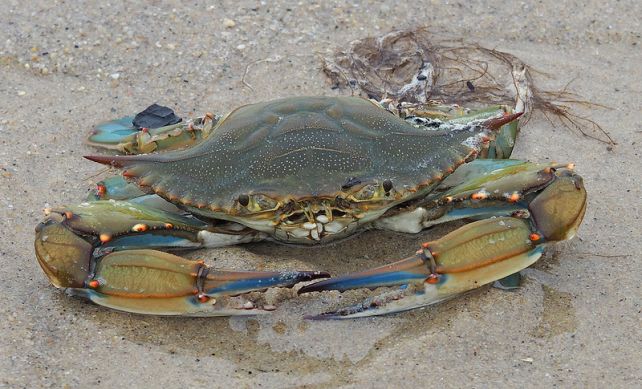The interaction between species and their environment is crucial. The way all forms of nature come to be, stem from where they live. There are many elements as to what this entails, meaning that different organisms have different needs. Water, however, is ubiquitous to all forms of life. From sustaining the life of the smallest cells to serving as a habitat to many species, it is something to be respected for how much it gives.
In the Bronx River, this relationship is especially sanctified. A part of its history is how it was abandoned and essentially a dump for all sorts of pollution. This only works to draw out the intrinsic value of the life within it. Here is information about 5 species that serve the Bronx River’s riverine life:
1. Alewife and Blueback herring/river herring (Alosa Pseudoharengus and Alosa Aestivalis)
What would a river be without fish? The river herring are symbolic of the connection between the Bronx River and broader marine life in the ocean. The river herring are anadromous fish, meaning they live in oceans but they spawn in freshwater. When the eggs hatch, they stay in the freshwater for 1-4 months and live in the ocean for 3-5 years until they can reproduce. In a study done by the City of New York Parks and Recreation, the effects of the introduction of the red herring into the river was evaluated. First and foremost, it was found that it increased the biodiversity of the river, which in and of itself makes a healthier habitat. They also increased the amount of nutrients which helps with decomposition rates.
2. Dragonflies and Damselflies (Odonata spp.)
When walking along the Bronx River, one might see the subtle ripples of the water after catching a glimpse of the zooming dragonflies and damselflies. These insects are quite similar, however, damselflies tend to be smaller and daintier. Something interesting about these is how useful they are for ecologists to detect the changes in wetland habitats. This is because of their reproduction habits. The larvae of dragonflies and damselflies develop in water and require optimal water quality (proper oxygen concentration, cold temperature, etc.) to be able to develop. As a result, they practically serve as a shortcut for ecologists to understand the conditions of specific marine habitats.
3. Blue Crab (Callinectes sapidus)
The blue crabs are critters with amazing swimming power. This is all thanks to their fifth pair of legs, which function like paddles when the crabs swim. Their pincers also serve as weapons for getting food. They eat several types of food ranging from plants to insects and worms. They also eat dead fish and organic waste, making them important in keeping their habitat clean. They also support a substantial amount of the economy.
4. Oyster (Crassostrea virginica)
Oysters are amazing at filtering water. In fact, “an adult oyster can filter up to 50 gallons of water a day.” This is what happens when they eat, which is good for the ecosystem because an overload of nitrogen can cause a reduction in oxygen, which is bad for all species in the water. They also serve as a buffer against storm damage, not only protecting the inhabitants of the river, but also the park itself. This is why the Billion Oyster Project, a project for restoring oyster reefs in New York, was initiated in 2008.
5. Beaver (Castor Canadensis)
The North American beaver is the largest rodent in North America. It can be most easily distinguished for its flat scaly tail and powerful jaw. It also has quite a few aquatic features, such as the ability to hold its breath underwater for up to 15 minutes, oily skin and fur (which practically makes it immune to getting wet), and webbed feet (giving it a funny walking-wobble too!). These characteristics give it amazing swimming capabilities that are essential for building a dam.
To do this, beavers gnaw on trees and use the timber (as well as other materials such as mud) to create dams, which are barriers between the beaver’s lodges and the outside. But these dams do much more than provide a home. They prevent the flow of water, stopping erosion and raising the water level, purifying water. When dams get abandoned, they create meadows. Thus, beavers largely contribute to environmental changes that take place.
New York had become nearly free from beavers due to the high interest in beaver fur in the 1600s. In 2007, a beaver named José moved into the Bronx River. He could not be interviewed due to his desire for social distancing, but he can be seen posting on social media here!
There is one more species that is vital in maintaining the environment of the Bronx River: Human beings (homo sapiens). While people were the ones who caused the decline of the river in the first place, it has also been the work of people who had the vision of revitalizing it that has led to its comeback. By recognizing the different animals that contribute to its ecosystem, we recognize its intrinsic value.


.jpeg)

.jpg)




